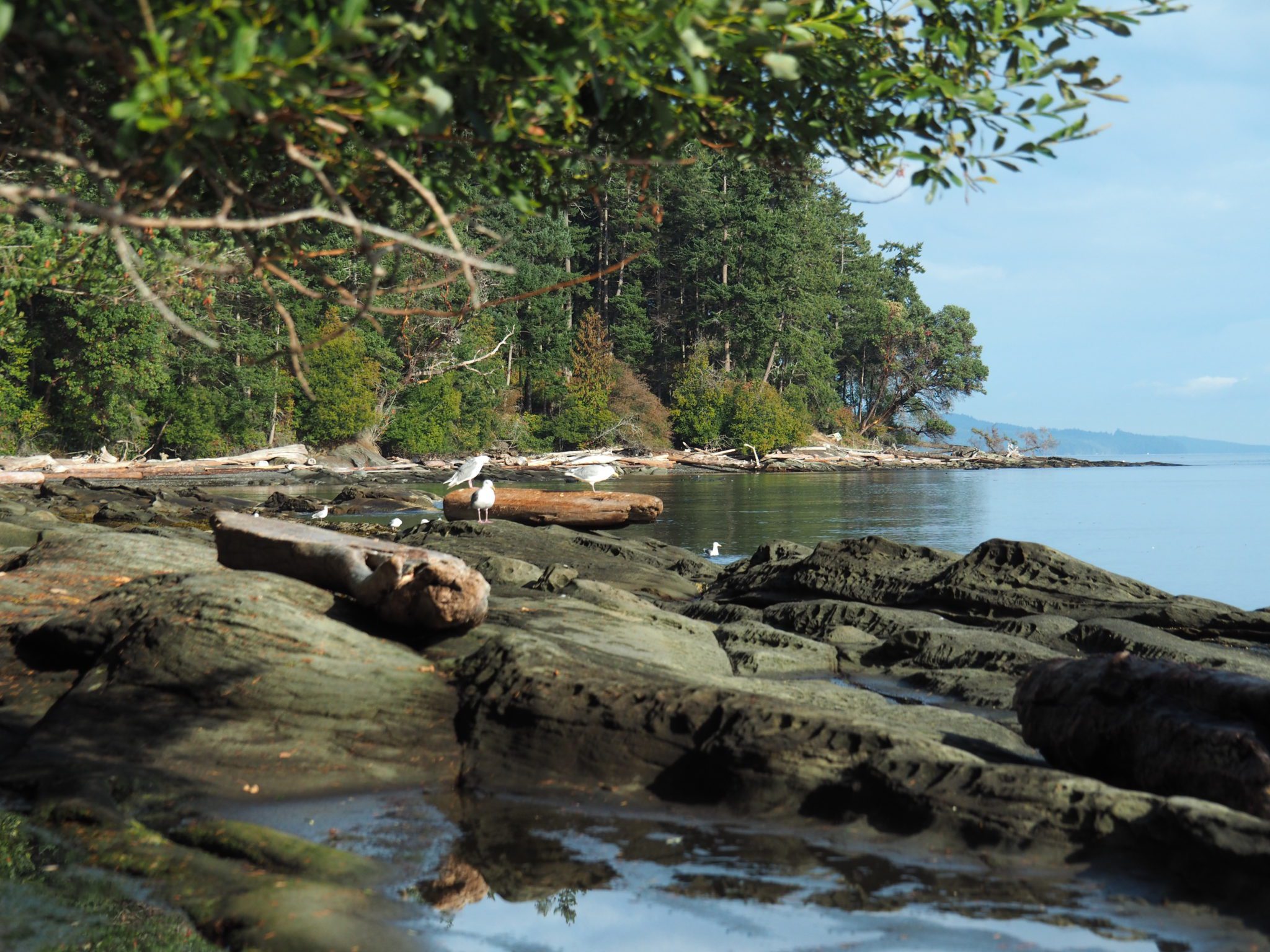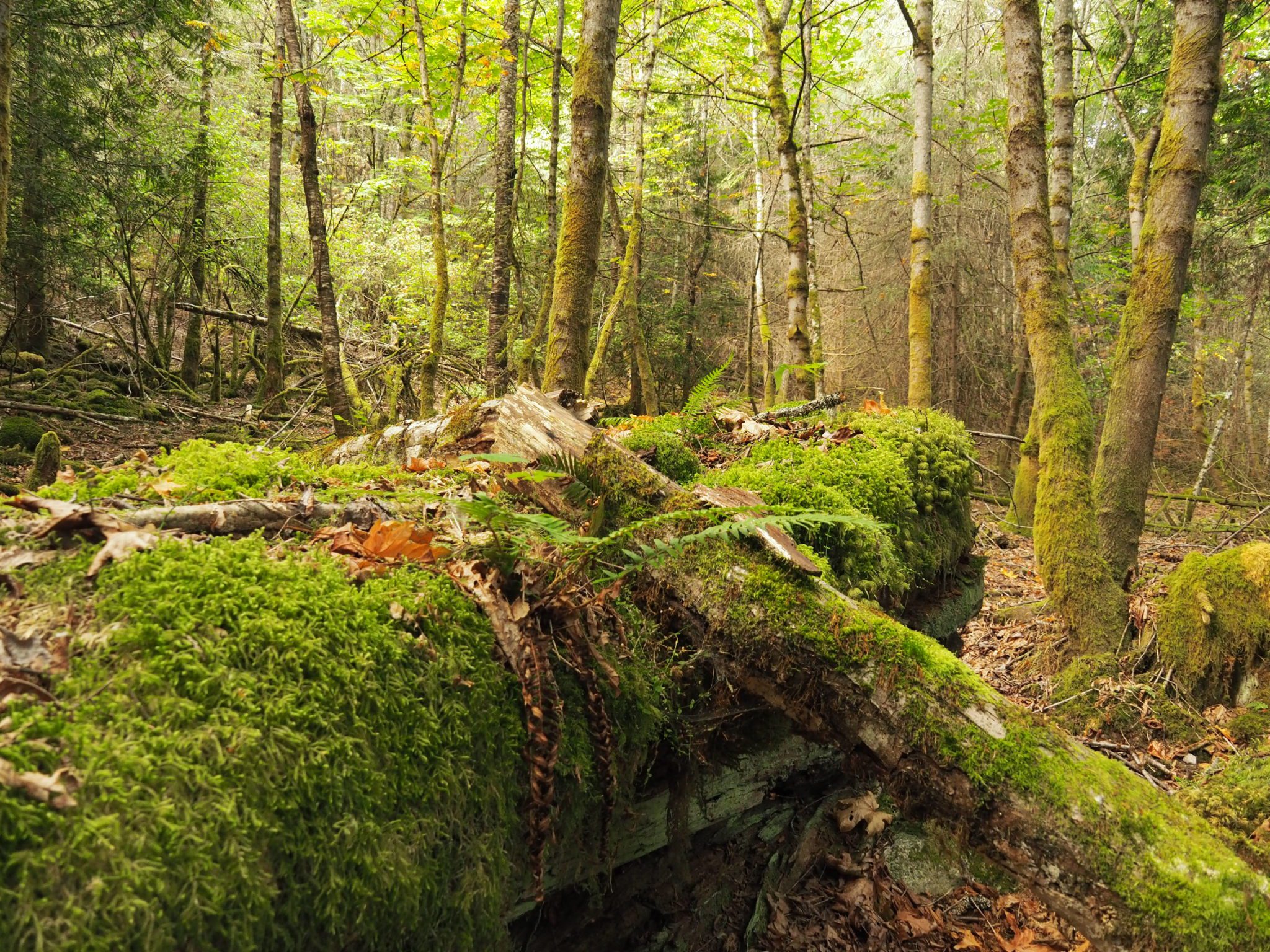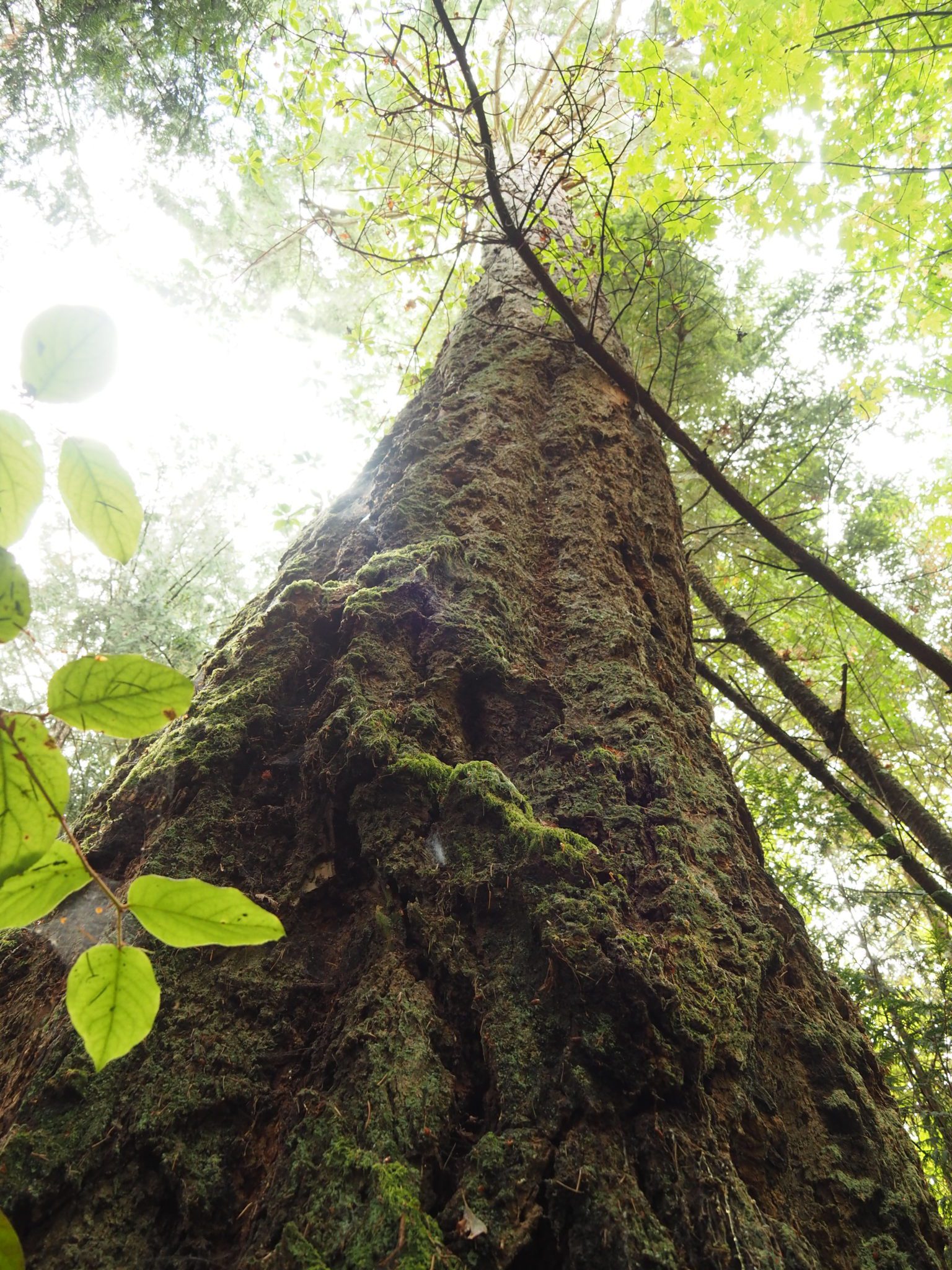DOWNLOAD THE PDF OF THIS NEWS RELEASE
Along the eastern shores of Galiano Island lies a stretch of sandstone beach connected to 1,500 protected acres of rare coastal Douglas-fir habitats. This is Cable Bay, one of the most important biodiversity hotspots on Galiano’s Georgia Strait coastline.
The Nature Trust of British Columbia and the Galiano Conservancy Association are working together to acquire 65 acres at Cable Bay to extend the protected areas that span the island. The property is zoned for a housing subdivision but we are very close to raising the funds needed to preserve it in perpetuity.

photo by Frieda Weinert
Protecting Land
Part of the traditional and unceded territories of the Penelakut, Hwlitsum, and other Hulquminum-speaking peoples, the bay has a long history as an important site to rest, gather provisions, and wait for good weather for Coast Salish travelling across the Strait of Georgia. Canoes could be portaged to the bay from Trincomali Channel, across the narrowest part of Galiano Island.

Mossy Grove | photo by Frieda Weinert
In recent times, the Cable Bay lands have been owned by one family for over 60 years and have been relatively undisturbed for nearly a century. The property features a mix of Douglas-fir, arbutus and cedar trees with an extensive understory of salal, mossy outcrops and oceanspray. It has seasonal creeks and springs that weave through cedar forest, leading to a sandstone shoreline and abundant marine life. A number of old-growth trees remain along the forest edges and there is a grove of Pacific yew trees.


